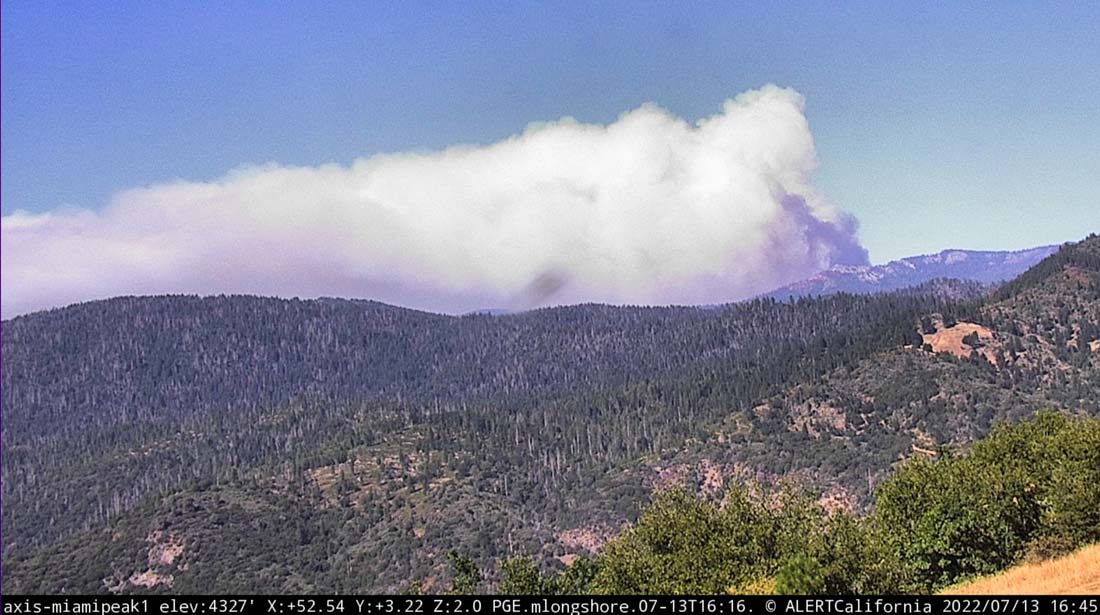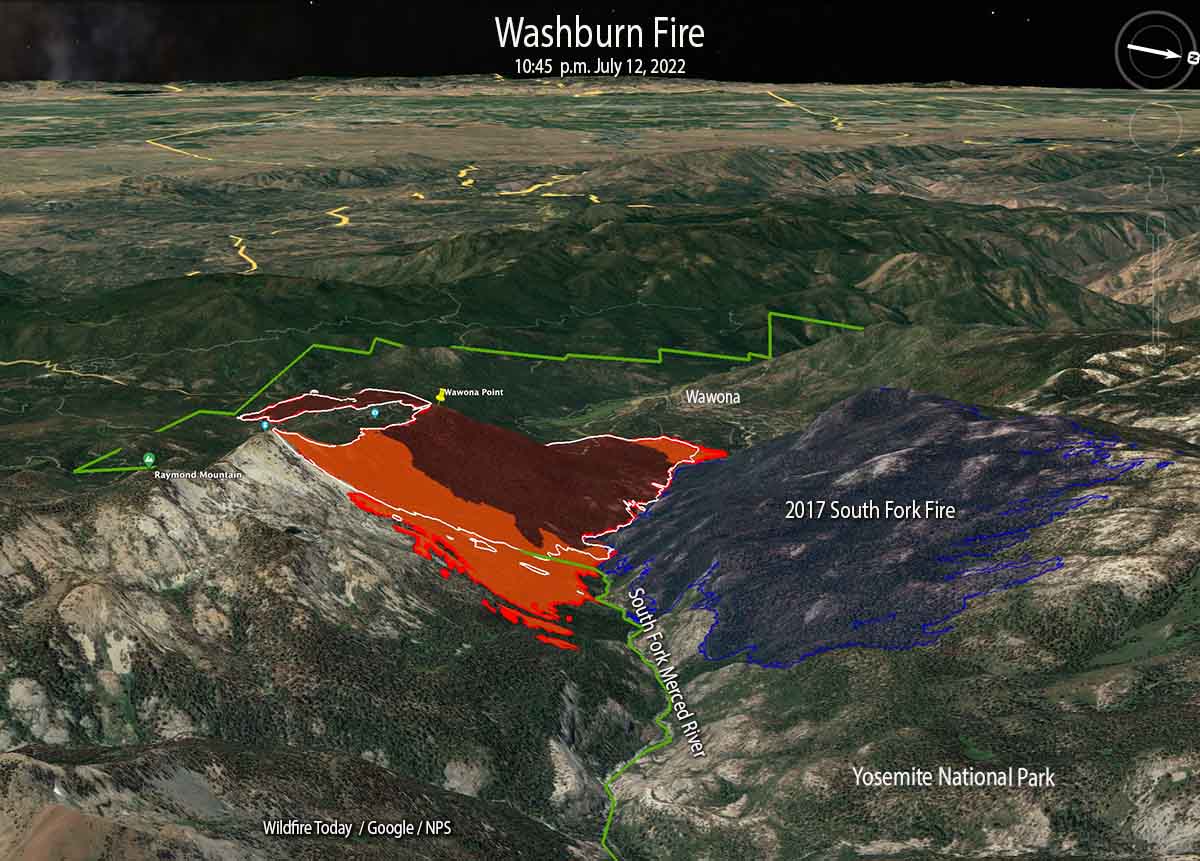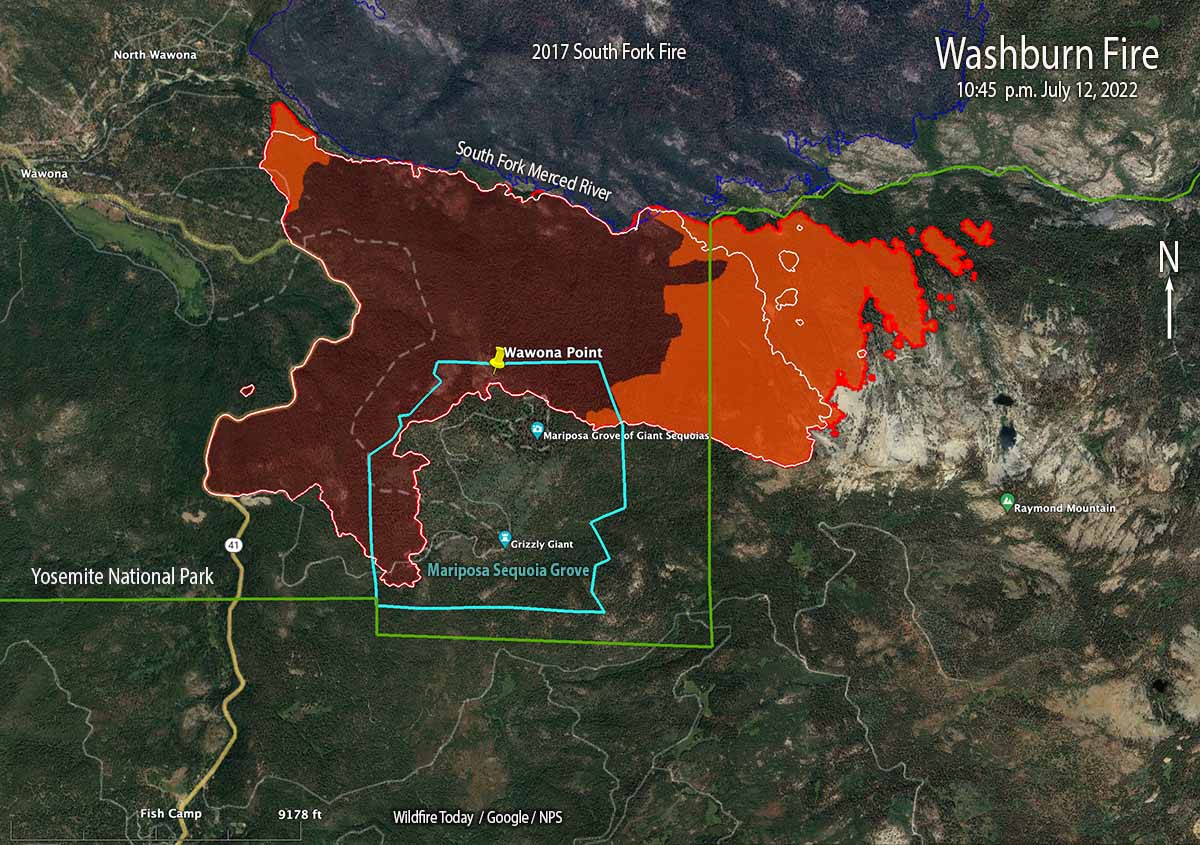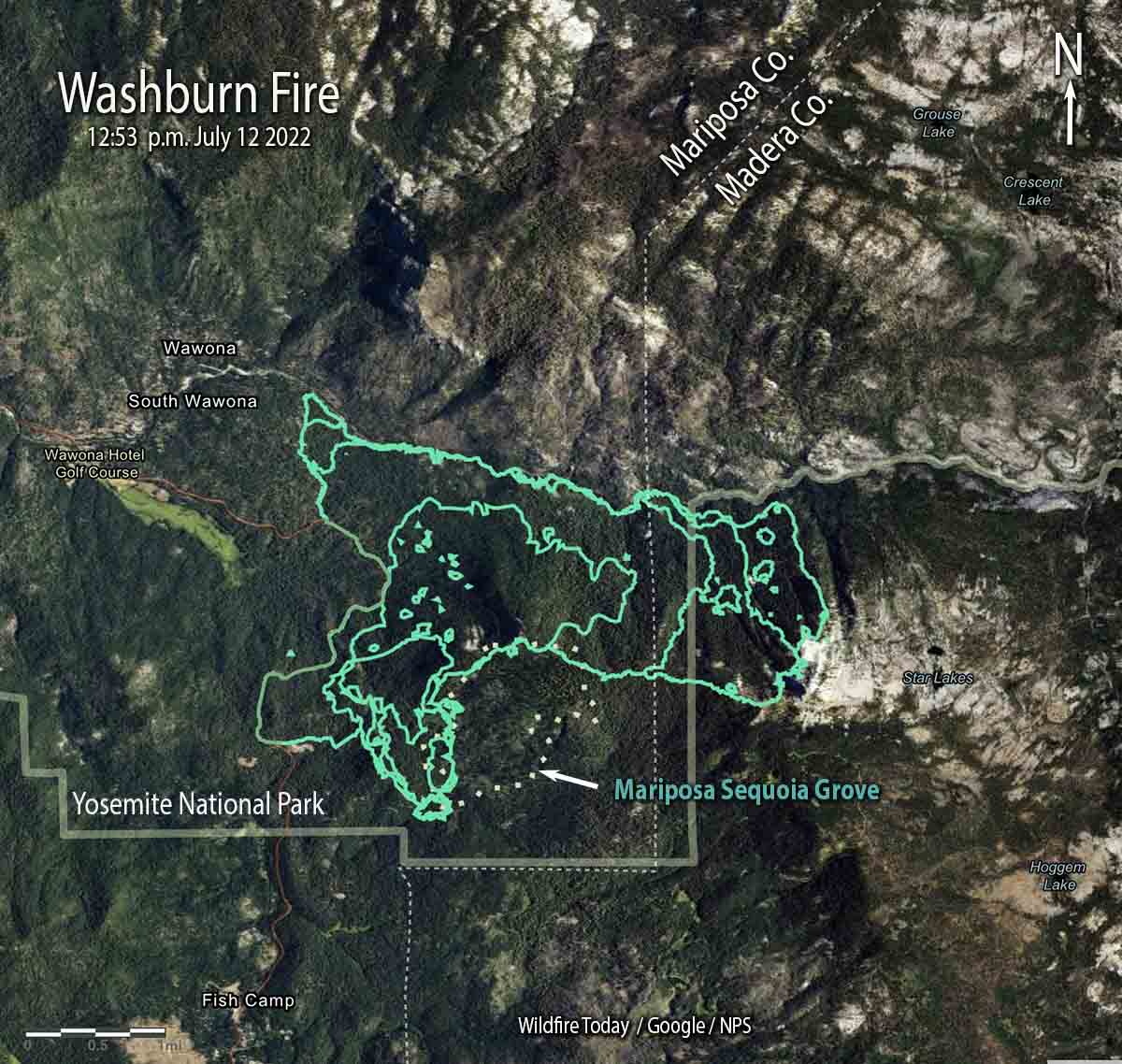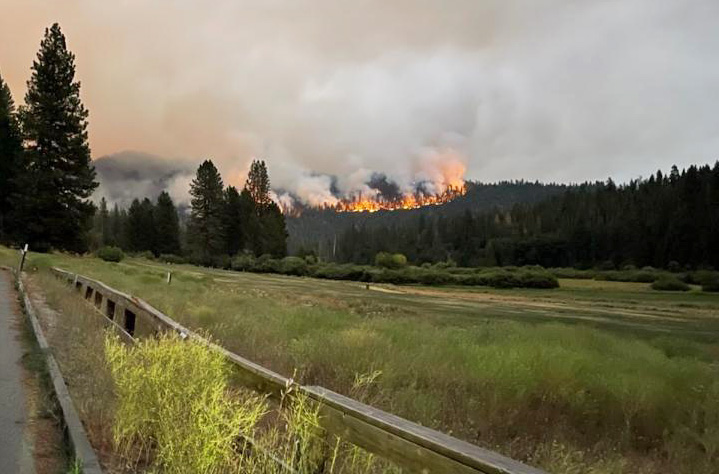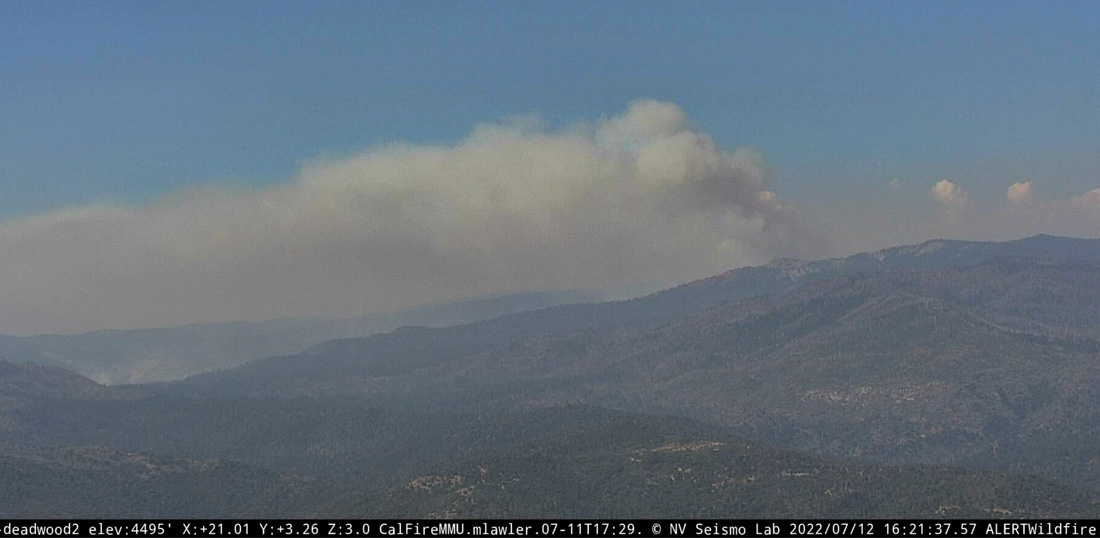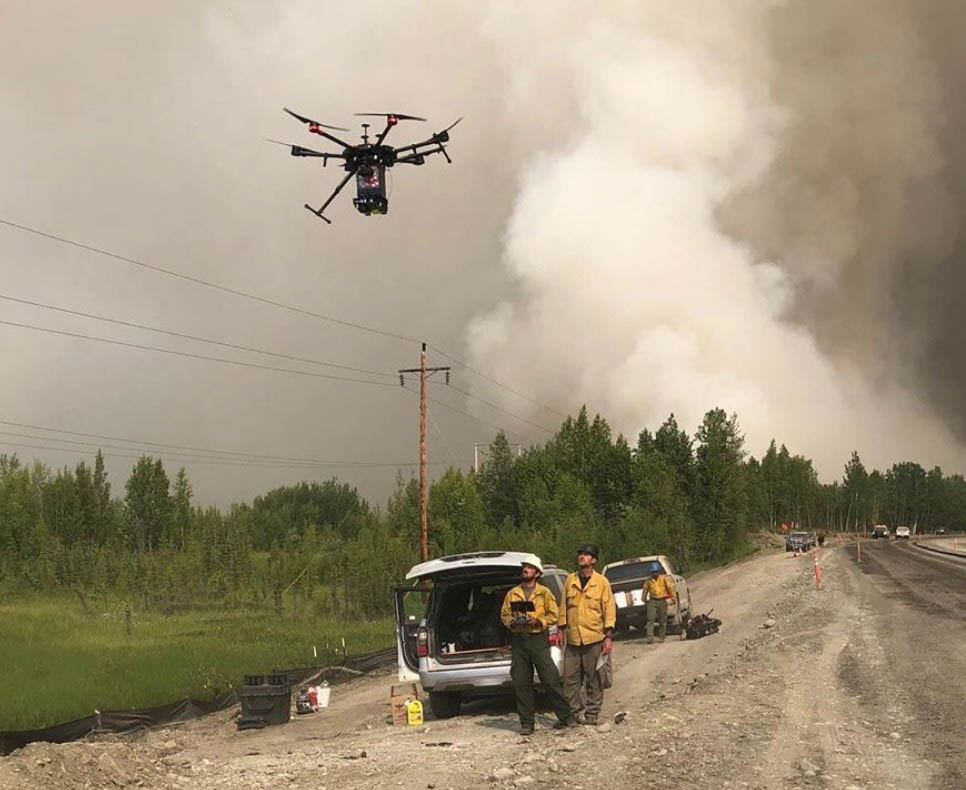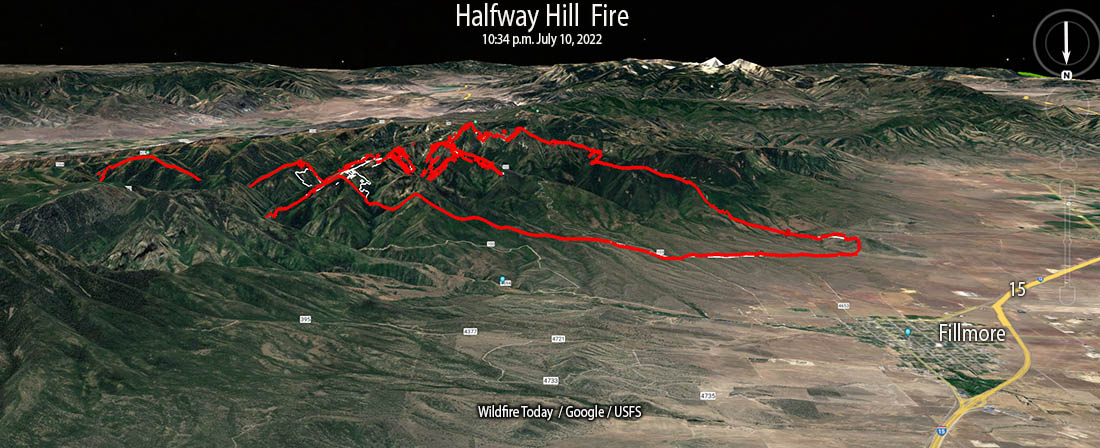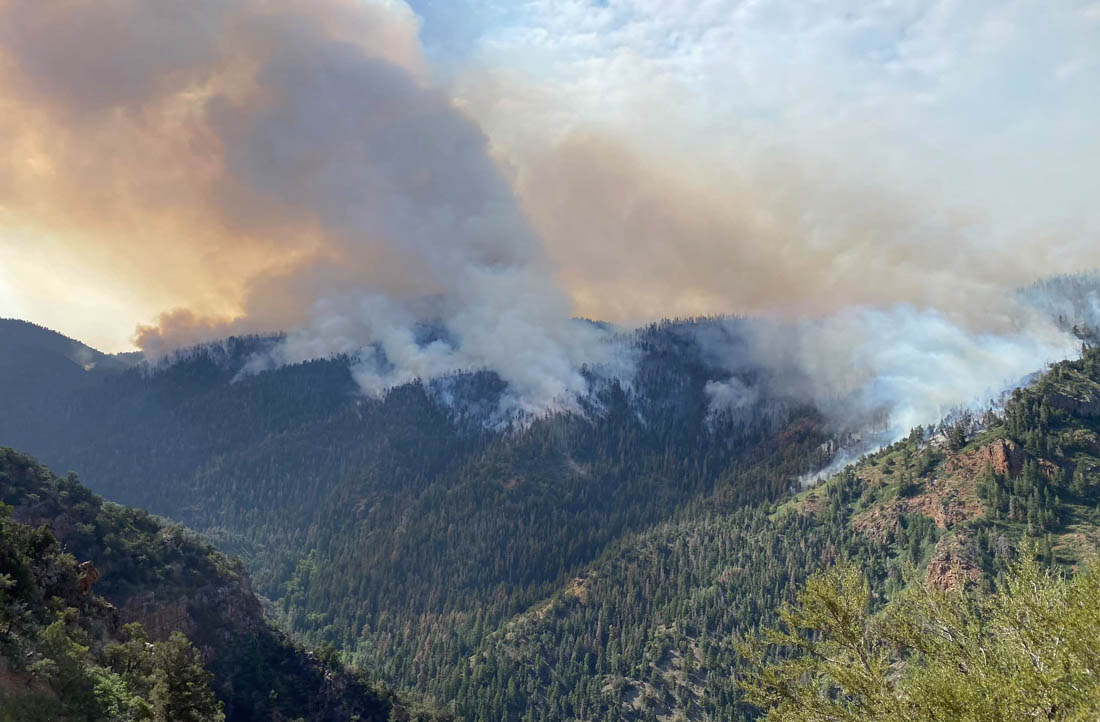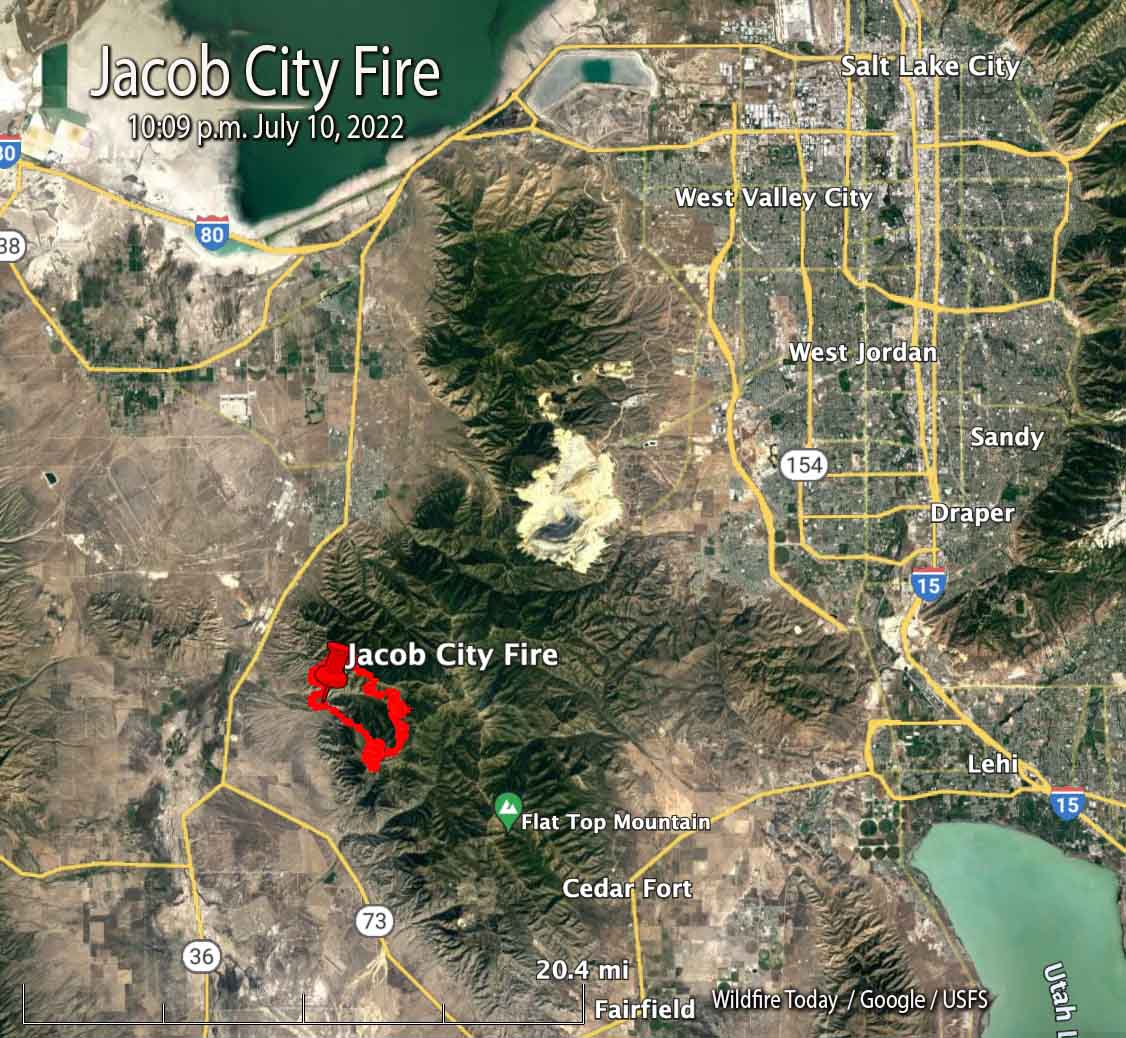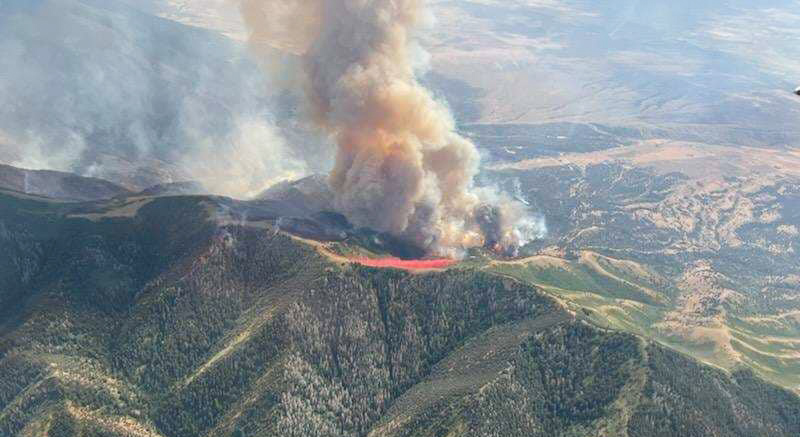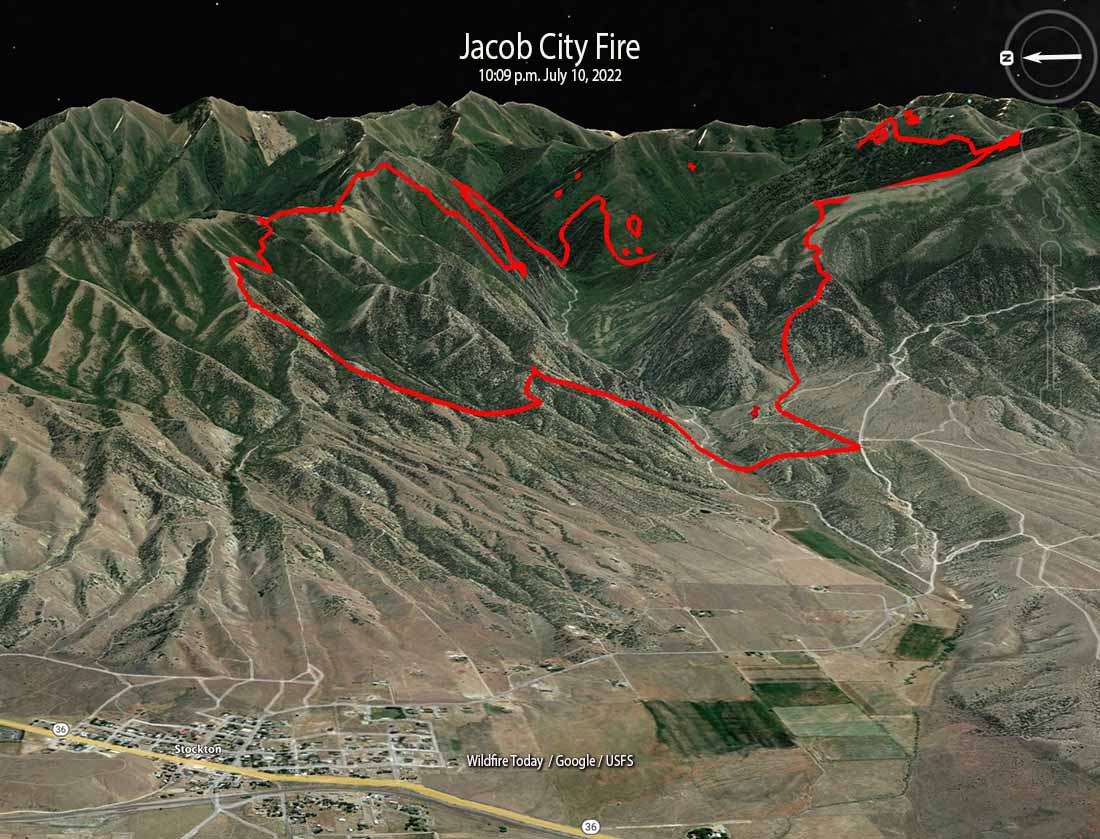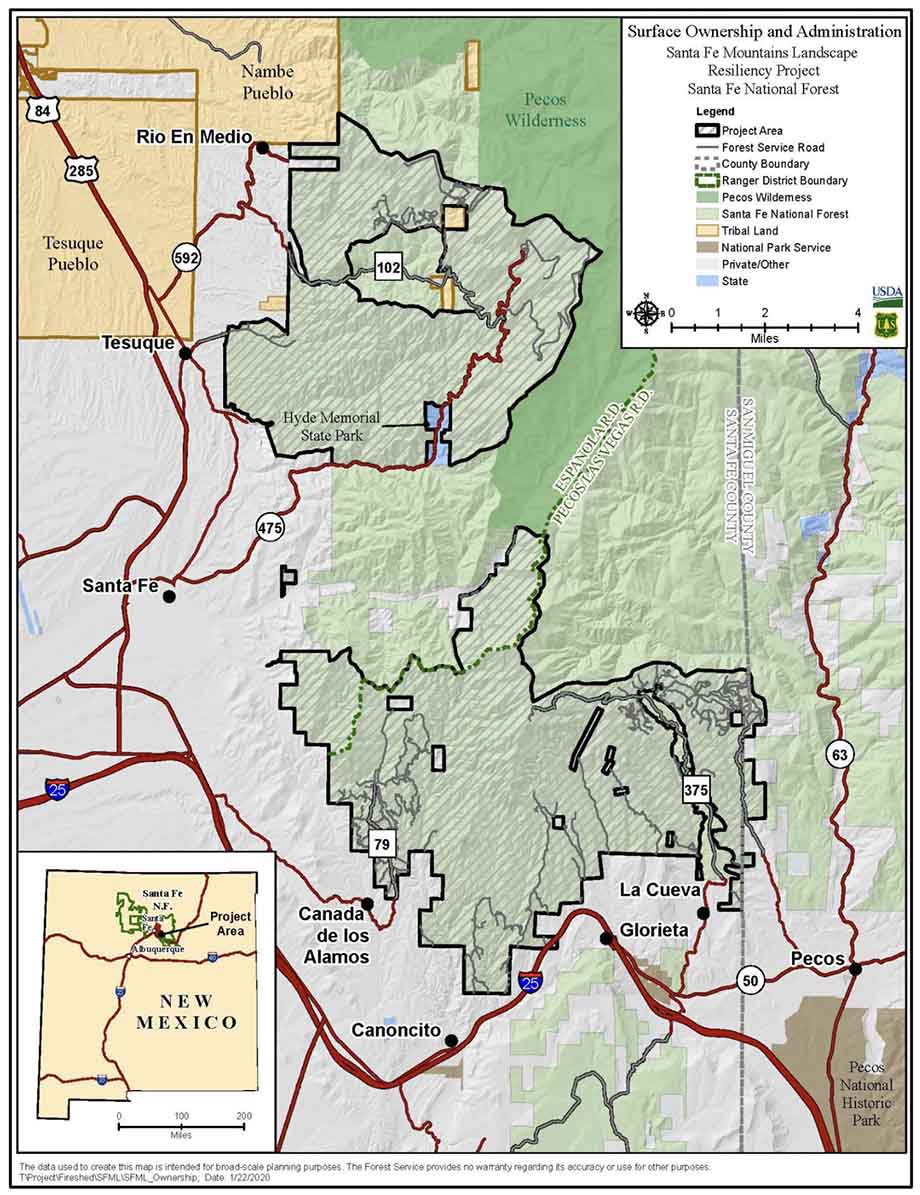
The Board of County Commissioners of Santa Fe County in New Mexico passed a resolution Tuesday urging the U.S. Forest Service and the Santa Fe National Forest to conduct a full Environmental Impact Statement (EIS) for a planned very large fuel management project.
The 50,566-acre Santa Fe Mountains Landscape Resiliency Project would involve prescribed fire and vegetation thinning treatments on 36,680 acres to improve ecosystem resilience by reducing stand density, stand continuity, and stand homogeneity and increase a diverse forest structure at a landscape scale. At least 750 acres would be treated each year with manual or mechanical vegetation thinning and no more than 4,000 acres per year would be treated by the use of prescribed fire during a 15- to 20-year project time frame.
The Forest Service went through the much less complicated Environmental Assessment (EA) process, which included the draft EA, public outreach, and accepting comments, then issued the Finding of No Significant Impact (FONSI) which they feel enables the implementation of the project.
But after three prescribed burning projects on the Santa Fe National Forest got out of control since 2018 and had to be converted to wildfires, some of the locals are worried about future projects on the forest.
The current 341,735-acre Calf Canyon / Hermits Peak Fire is the result of two prescribed fires that escaped control earlier this year on the Santa Fe National Forest. One was a broadcast burn that crossed control lines during strong winds. The other originated from slash piles that were ignited in late January that continued burning for months. In mid-April one or more of those piles became very active during strong winds and merged with the other escaped fire on April 22. The fire has destroyed at least 400 homes, forced up to 18,000 people to evacuate their properties, and cost more than $248 million in firefighting expenses.
In 2018 another pile burning project on the Santa Fe escaped months after it was ignited and had to be converted to a wildfire. A Facilitated Learning Analysis found that “communication” and “prescribed fire preparation and risk” were common themes.
The Commissioners voted unanimously Tuesday for the USFS to go through the EIS procedure, which takes much longer than an EA and can be a costly process.
“Unacceptable risks are taken by personnel conducting planned burns because they are pressured to accomplish the mission,” the resolution states. “An EIS is appropriate because the EA … did not disclose or analyze the significant impacts to resources of an escaped intentional burn resulting from global heating and increased fine fuels.”
The resolution Requests the USFS cease all prescribed burns on the proposed project area “until the greater understanding and concomitant risk reduction provided by these reviews is in place.”
The USFS documents regarding the project can be found here.
Thanks and a tip of the hat go out to Sarah.


